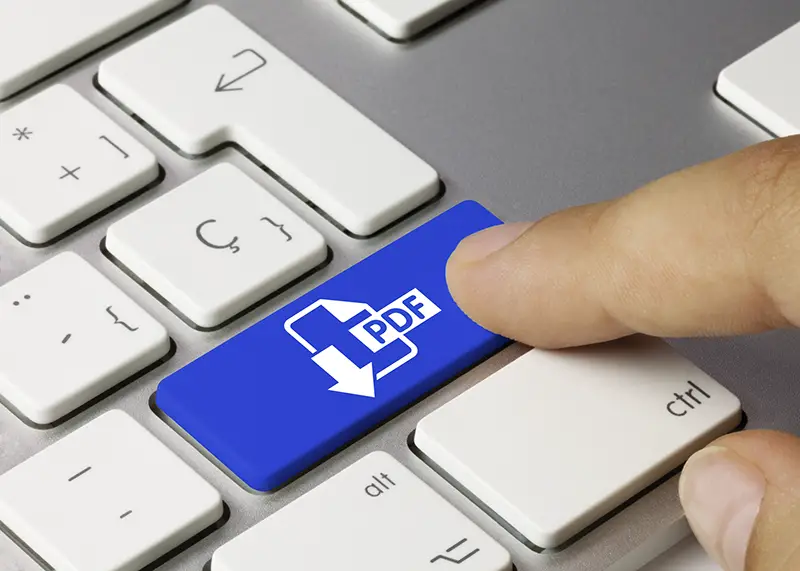Click here to get this post in PDF
Portable Document Format (PDF) has become the preferred file format for documents of all types, from simple text documents to complex multimedia presentations. An Electronic Resource Center can help you keep everything organized. Here are some of the benefits of PDFs over traditional text and images:
1. Consistent Formatting – One of the key benefits of PDFs is that they maintain consistent formatting across different devices and platforms. This is particularly important for documents that contain complex layouts or graphics, such as brochures, manuals, and presentations. Unlike traditional text and image files, PDFs ensure that the formatting, fonts, and graphics of the document remain intact regardless of the device or software used to view it.
2. Easy Sharing – PDFs are also easier to share than traditional text and image files. With PDFs, users can create a single file that contains all of the necessary elements, including text, images, and graphics. This makes it easier to share documents with others, as users only need to share a single file rather than multiple files.
3. Smaller File Size – PDFs also have a smaller file size than traditional text and image files. This is because PDFs use compression algorithms that reduce the file size without compromising the quality of the document. This makes PDFs ideal for sharing documents over the internet or via email, where smaller file sizes can help to reduce transfer times and improve overall efficiency.
4. Interactive Features – PDFs also offer a range of interactive features that are not available in traditional text and image files. These include hyperlinks, multimedia elements, and interactive forms. Hyperlinks can be used to direct readers to external websites or other pages within the document, while multimedia elements such as videos and audio clips can be used to enhance the document and provide additional information. Interactive forms, such as surveys or order forms, can be created within the PDF and completed electronically.
5. Enhanced Security – PDFs offer enhanced security features that are not available in traditional text and image files. For example, PDFs can be password protected to prevent unauthorized access, and digital signatures can be added to verify the authenticity of the document. PDFs can also be encrypted to protect sensitive information, such as credit card numbers or other personal data.
6. Accessibility – PDFs are also more accessible than traditional text and image files. This is because PDFs can be easily converted into accessible formats, such as HTML, that can be read by screen readers or other assistive technologies. This makes PDFs ideal for organizations that need to ensure that their documents are accessible to all users.
Overall, the benefits of PDFs over traditional text and image files are clear. From consistent formatting to enhanced security features, PDFs offer a range of advantages that make them an essential tool for businesses and individuals alike. With their ease of sharing and interactive features, PDFs can help to streamline workflows and improve efficiency, while their smaller file sizes and accessibility features make them an ideal choice for sharing documents with others.
You may also like:
How Image to Video from getimg.ai Transforms Creativity
Best PDF Editing Software for Small Business – EaseUS PDF Editor
Image source: Depositphotos.com

